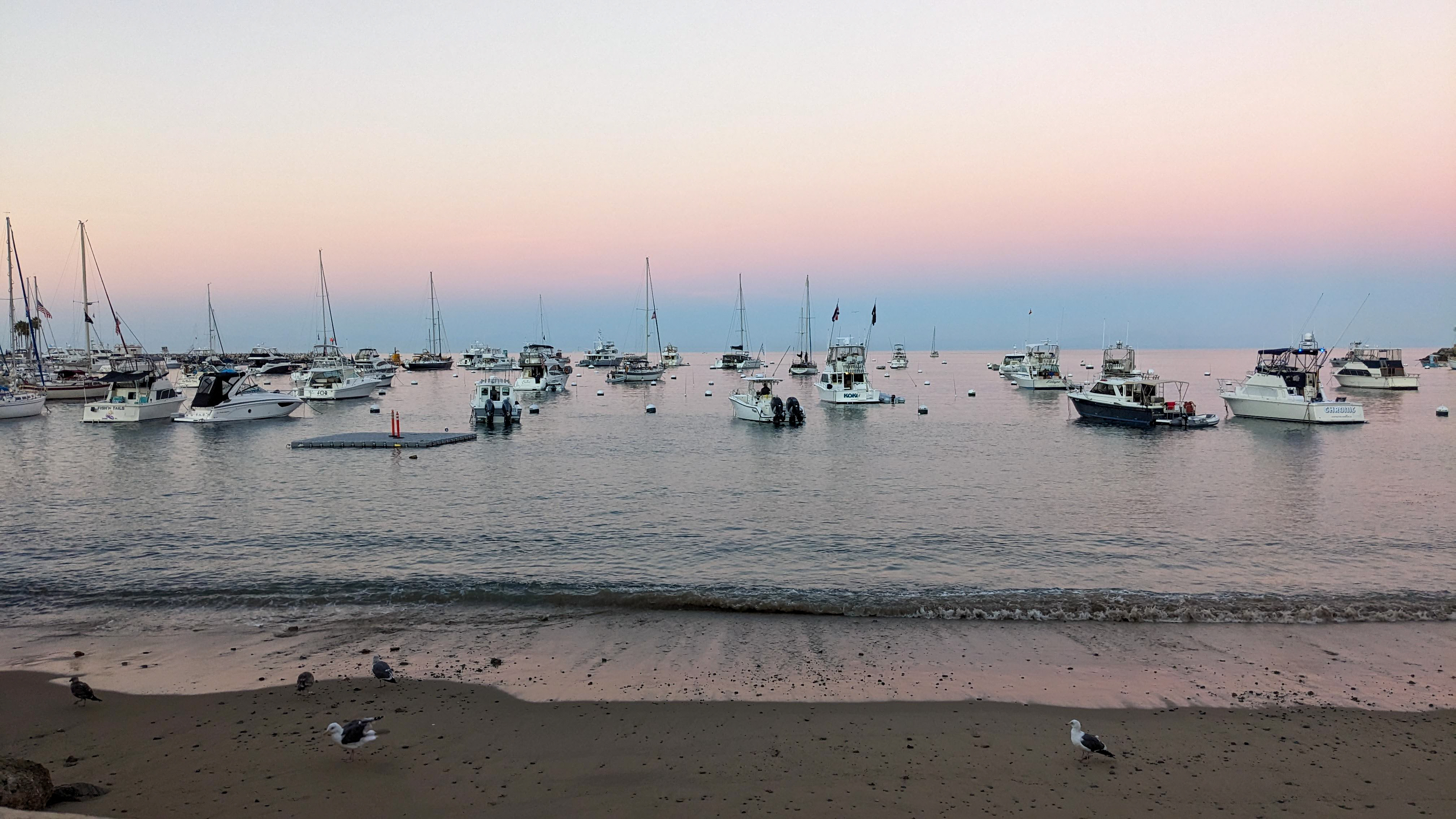This is the fourth entry in a series on my December New Orleans vacation. Lest you think this many entries is a few too many, just know New Orleans has always been high on my list of cities to visit, so I was pretty excited to finally do so! Blog #1 was on the north side of Lake Pontchartrain, Blog #2 was on dining at night in New Orleans, and Blog #3 was on drinking at night in New Orleans—and no, drinking need not be limited to the dark hours in this town.
For our next New Orleans adventure, we went 40 minutes east of the city to Slidell. Honey Island Swamp is 20 miles long, and a good portion of it is protected for wildlife conservation. A large number of boat tour companies operate within the protected section of the swamp, and we chose Cajun Encounters on a recommendation. It’s $25 for a day tour of the swamp, and with a tour that takes about 90 minutes, it’s well worth it. I thought it a deal in all honesty. They offer transportation from New Orleans for an extra $20 if you don’t have a car.
Our tour guide was super nice and pretty entertaining for a man with only a few months under his belt. Questions were always welcome. We went through three distinct areas of swamp. The first was similar to a standard riverbank but with plenty of Spanish moss, reddish leaves, and cypress outcroppings called knees.
This was December, which means winter and the least active time for the swamp’s wildlife, so we were cautioned we wouldn’t see a lot of it. We didn’t, but there were some creatures to encounter!
Plenty of snapping turtles lined the banks, and they’d dive into the water when we got close.
We were especially cautioned alligators would probably elude us because most had migrated southward at this time of year, but there was a surprise in store.
Yep, that’s a baby alligator sunbathing on the right with a few snapping turtles on the left.
So cute. And yes, I find reptiles cute. After the alligator sighting, we headed into the next section of the swamp. It had narrower banks and much more tree coverage. Our tour guide called it the prettiest place in the Honey Island Swamp, and it was positively breathtaking in spots. Right away, I fell in love with the trees’ reflections in the water.
The tour guide told us a few stories of how the swamp had been used as a meeting place for bootleggers during Prohibition. I think it was this specific tree they used as a landmark:
The stories weren’t nearly as exciting as staring at the scenery, however.
Once we entered the section of swamp where the water is covered with tiny green plants, gorgeous doesn’t seem enough anymore.
At the back edge of this particular river finger, we stopped to take it all in for a while. Some animals decided to join us.
A wild pig came running, and it turns out that the guides know calls to draw them closer. The marshmallows tossed in the water help as well. I couldn’t get a clear shot of the pig, but he hung out for a while. I was must struck by how his back was covered in moss.
We circled back out of that beautiful, plant-covered section of the swamp, passing another couple of tour boats on the way out.
Then we headed into an area dominated by sawgrass.
It’s called sawgrass for a reason, so we didn’t try and touch any as we crept through.
 Arrowroot also took up a lot of real estate there.
Arrowroot also took up a lot of real estate there.
At the end of the sawgrass section, we rode out into wider waters again, and the tour guide took us through a Cajun fishing village.
People are granted use of the land as long as they have a structure standing on it, so buildings go up everywhere, and they aren’t destroyed until another one goes up. Everything must be transported over by boat from the docks on the west side of the river.
Plenty of Cajun humor could be found in signs posted on the houses or painted on bathtubs.
Many structures have never been rebuilt or torn down since Hurricane Katrina came through.
After leaving the village behind, we headed south on the river back to Cajun Encounters’ dock.
I would highly recommend this experience, and although it limited our animal encounters, I’m glad we did it in December. The weather was perfect, in the 60s. There was no humidity, and none of the bugs to go along with that. It was also less crowded than summer tours can be, and all of that made up for missing large alligators. But no matter what time of year you go, it’s worth it for the beauty of the swamp.
We’ll take on New Orleans sights and eats in the daytime hours next. For more pictures of the Honey Island Swamp, click here.


































 "Travel Guide"
My travelogues tend to follow my day’s schedule when I’m out exploring. I chronicle my meals and sweet treats along with tourist sites worth checking out, including hiking trails. Sometimes, I may include just one particular trip highlight; other times, I’ll include several so you can make a day trip out of them.
"Travel Guide"
My travelogues tend to follow my day’s schedule when I’m out exploring. I chronicle my meals and sweet treats along with tourist sites worth checking out, including hiking trails. Sometimes, I may include just one particular trip highlight; other times, I’ll include several so you can make a day trip out of them.